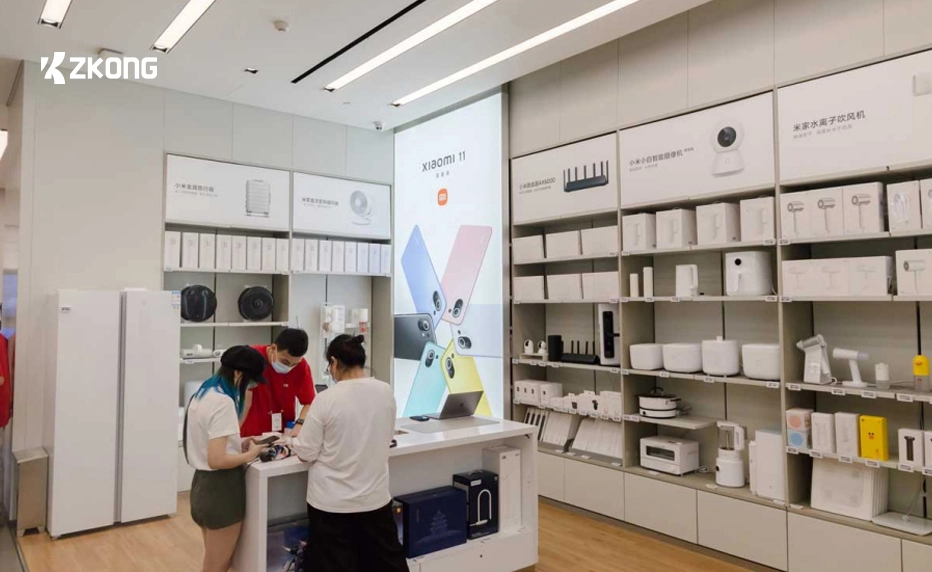ESL tags, also known as Electronic Shelf Labels (ESL), are electronic display devices that replace traditional paper price tags. These tags are typically placed on retail shelves to display product names, prices, and other relevant information, such as images or QR codes. The displayed information can be updated via wired or wireless networks from the store’s computer system. ESL tags integrate various functions, including information transmission, storage, display, and interaction with smart devices. They usually consist of a display screen, communication modules, and auxiliary components, such as e-ink screens, to reduce power consumption and ensure long-term stable operation.

Ease of Price Adjustment:
With traditional paper tags, prices must be changed manually, whereas ESL tags can be updated with just a few clicks on a computer. For example, during promotional events, red text can be used on ESL tags to highlight deals, making management more convenient and improving the shopping experience for consumers.
Reduced Labor Costs:
For supermarkets, ESL tags save significant labor costs. Although there is an initial investment, the long-term benefits outweigh the upfront cost by eliminating the need for manual work.
Price Consistency:
ESL tags ensure that the prices displayed on shelves always match the prices at checkout, avoiding errors that could negatively impact the shopping experience.
Unified Digital Management:
Supermarkets can implement unified digital operations, enabling the simultaneous updating of product information across multiple stores or regions, significantly improving operational efficiency.
Warehouse Shelves:
Intelligent warehouse ESL tags are a foundational step in transforming traditional warehouses into smart warehouses. While manual sorting is still required, the process is fully systematized. By integrating ESL warehouse with warehouse management systems, data and goods are seamlessly connected. Indicators such as LED lights assist in locating and picking goods, making this one of the most cost-effective and impactful solutions for smart warehousing.
Supermarkets and Grocery Stores – Fresh Produce:
Large supermarkets need to replace a significant number of price tags, often requiring a team of 10 or more people to work overnight to complete the task. Furthermore, fresh produce prices often need to be updated several times a day, compounded by frequent price changes for promotional events.
Electronic labels supermarket perfectly address these challenges by directly integrating with store systems to enable one-click price updates.

Hospital Bedside Tags:
Traditional hospital bedside cards are made of paper, which is not only inconvenient to write but also limited in the amount of information they can display. Hospital ESL bedside tags can be integrated with hospital systems to allow timely updates based on patient conditions. These tags also offer a more aesthetic and informative display tailored to specific medical needs.
Office Use – Nameplates and Directional Signs:
Smart ESL tags can display information such as meeting times, topics, and room reservations, making it easier to check schedules. Additionally, electronic nameplates for meetings can display attendees' names, perfectly replacing paper prints. This solution not only enhances the overall appearance but also simplifies operations, as the displayed content can be updated conveniently via smartphones or PCs.


